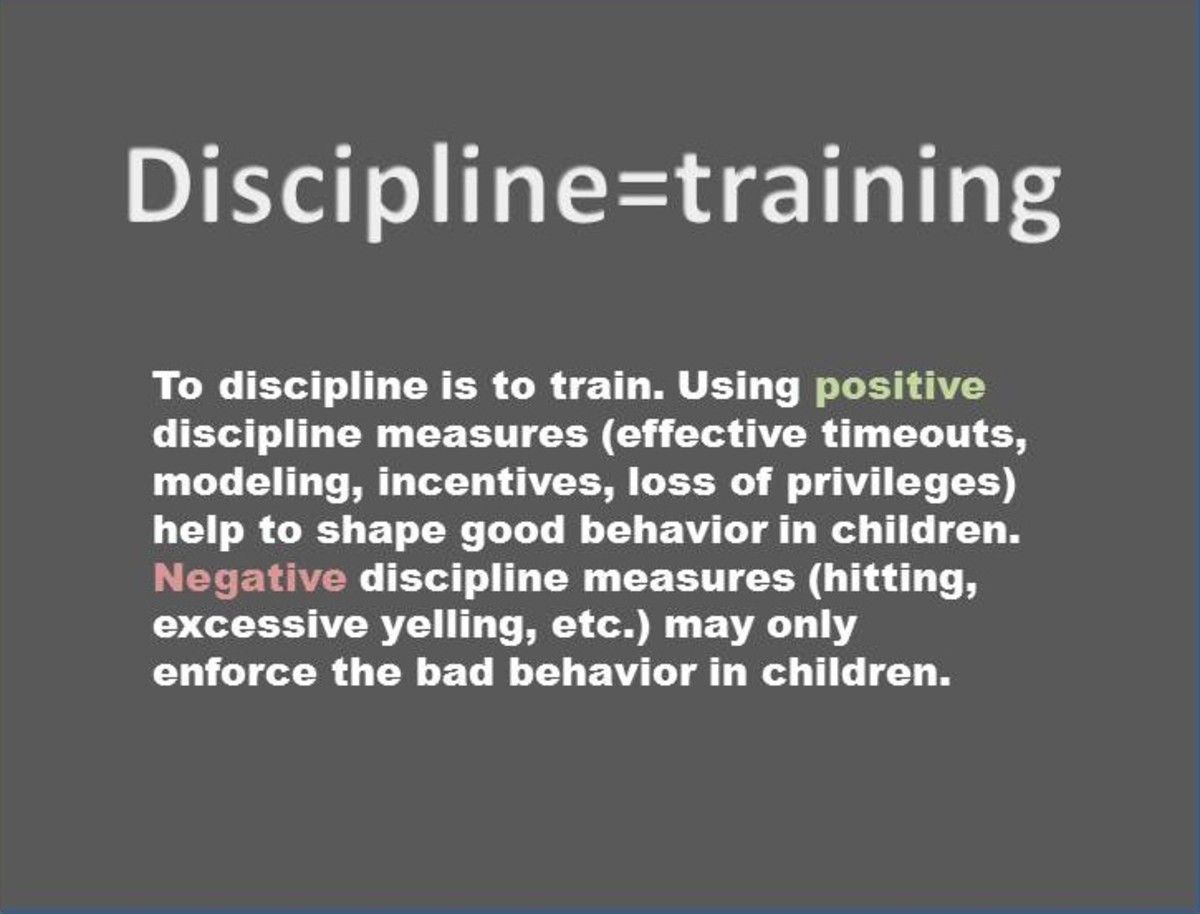Self Control When Disciplining a Child

While there are many methods of disciplining children available for parents to choose from (including my own, called Stacked-Relational Consequences), there is a central secret that can either make your discipline effective or negate any positive effects.
Every parent lives with constant stress and strain in their life. From work stress to financial and relationship stressors, our reservoir of stress is always quite full and uncomfortable. With added issues of sleep deprivation and mood, our parenting can often suffer from inconsistency at the least, and degrade into discipline mistakes and even abusiveness in some cases. If you are honest with yourself, you will recognize times when you have been overwhelmed by your children’s misbehavior or tantrums to the point where you wanted to pull your (or their) hair out.
Each parent will have particularly irritating and frustrating behaviors their children engage in that bother them the most. Perhaps it is whining, or the kids fighting with each other, constant messiness, or those oh so nasty tantrums. Knowing which behaviors of your child that are most annoying to you is important, because this leads you towards the secret key of making your discipline efforts effective.
Essentially, the big secret of child discipline is maintaining emotional self control during the process. It is important to understand that because you and your child know each other so very well, you cannot hide your emotional reactivity towards each other. It is this emotional reactivity, which tends to escalate as a conflict and resulting correction moves forward, that sabotages your good efforts at discipline. This is the ‘space’ that the ‘battle of wills’ can begin and get so out of control that any discipline given will be doomed to failure. Any desired positive effect of correction will get lost in strong emotions coming from both sides of the encounter.
Here is another way to view the problem: If my emotions get so upset in reaction to my child’s behavior that I am conveying that I want to punish the child instead of discipline them with a consequence, the child will match my angry or upset emotion with their own, escalating the situation. When the child perceives that I am punishing them (punishment is different than consequence and discipline; punishment is vindictive and personal), I lose the corrective power of the action. All the child will remember is the punishment, not the correction or the reason for the correction.
Now, you might be thinking that this is all semantics, or ‘splitting hairs’, but it is not. Here is another illustration to help: If you get stopped for speeding by the police officer, you may be angry that you got caught, or feel you were not really speeding and it is unfair, or just angry at yourself for speeding. But the officer is going to give you a standardized ticket and fine, not one he has made up just because he is angry with you for speeding. In fact, he probably is not angry (per se) at you for speeding. What if the officer, when you rolled won the window, yelled and screamed at you and gave you a three thousand dollar ticket? Or ordered you to bend over your car hood so he could spank you? Sound like a law suit to you?
Any discipline approach that you use must start with your own emotional self control. And by this, it is meant genuinely ‘holding on to yourself’ and being calm. You cannot fake this (really, you can’t). So how do you ‘hold on to yourself’? By slowing down the process and giving yourself time to first calm your negative thoughts about the situation and then soothing your negative emotions. A good way to give yourself time to do this is by learning, teaching your child to positively respond to ‘Stacked-Relational Consequences’. Over time, this gives both of you practice at keeping reactivity to minimum in discipline situations. It also, believe it or not, begins to enhance and strengthen the the relationship between you and your child.
To calm negative thoughts and sooth negative emotions, follow these steps: Slow down the process. Become aware of the negative thoughts you are having. Challenge the negative thoughts for distortions (this process alone can begin to ease negative emotions). Use an emotional self soothing technique such as deep breathing or centering. Review your response choices and choose an action plan.
It is also a good idea to keep visual reminders around you to remember to consistently use the steps to keep reactivity at a minimum. Simple posters of the steps for ‘Stacked Relational Consequences’ and ‘Calm Negative Thoughts-Soothe Negative Emotions’ can go a long way in keeping you on track and make this effective process of discipline a habit.









